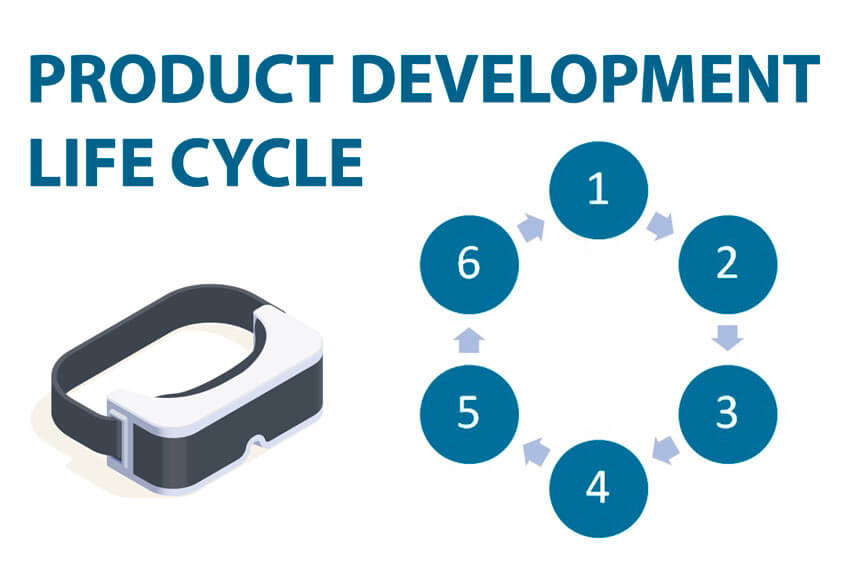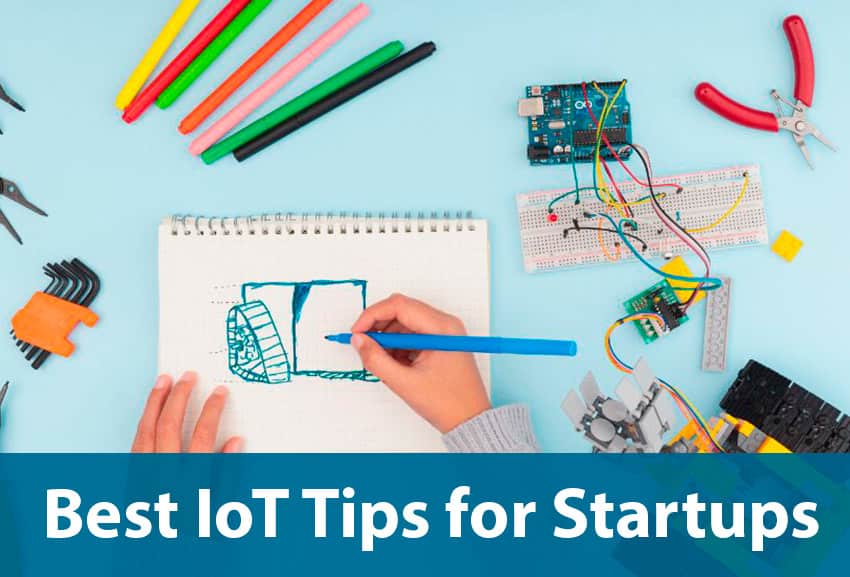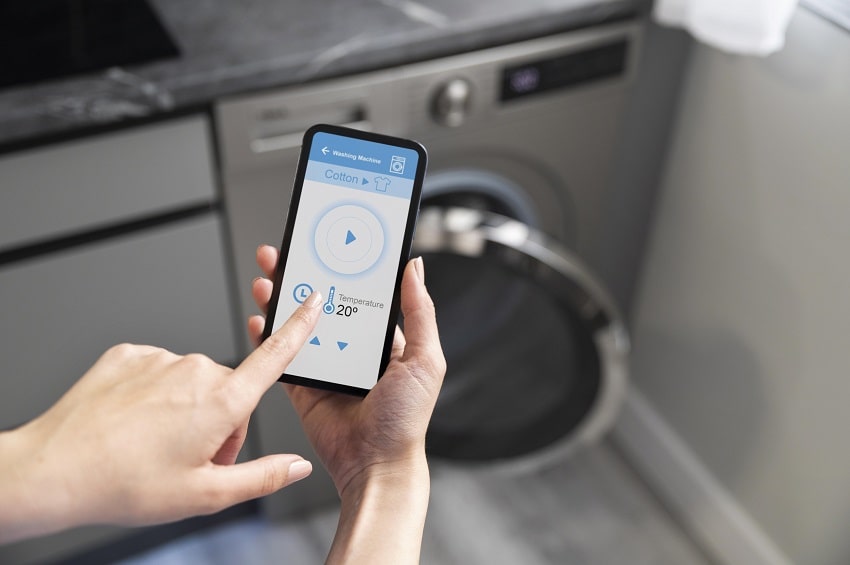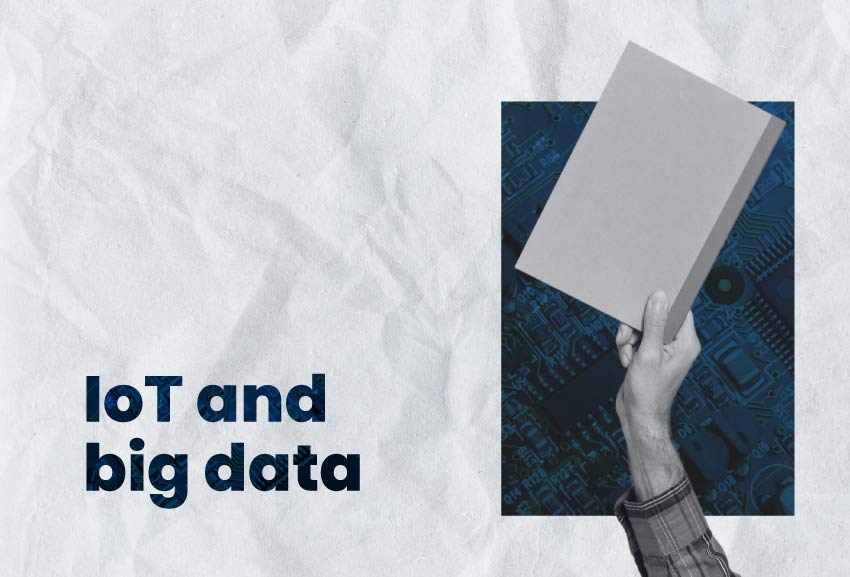The product development lifecycle (also known as PDLC) is an important part of any business plan. It helps companies understand how products are developed, tested, and marketed. The PDLC also provides insight into the company’s overall strategy for growth.
Before you advance reading this article, it is important to clarify that the product lifecycle is different to product development lifecycle. The first is related to a set of stages in which a product advances during its lifespan. See the following image.
All products go through this lifecycle. For instance, imagine the first iPhone that was launched in 2007. It had an introduction phase, where every customer could access the product. Then a growth stage, where the sales were performing well and many people wanted the phone. In the maturity phase the sales of the product stabilized in the market. Finally, the decline phase. Here the phone began to lose relevance in the market, maybe because many people already bought it, or because there were new options that were more innovative than Apple´s phone.
The lifecycle would end there for that specific product, however, we all know that the iPhone (new models) has been in the market for a long time; it means every year the famous phone of Apple goes again through the product lifecycle. And this applies to any product you can think of.
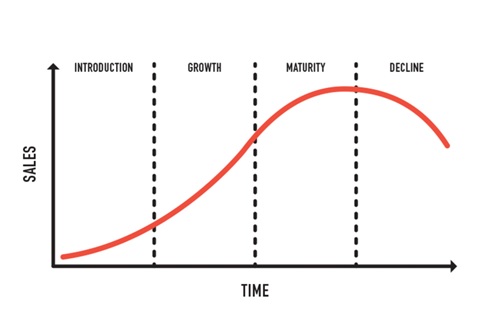
On the other hand, the product development lifecycle could be considered the first part of the product life cycle. Since this is where a business idea starts to come to life.
When is it necessary to consider a product development lifecycle?
A product dev lifecycle is typically used when a startup or company is developing new products (or upgrading them), for example, IoT products that are innovative and have not been seen before in the market (see IoT examples in daily life).
However, PDLC is not only applicable to new products. Companies should use this approach to check existing products as well. This will help them determine whether those products need to be updated or replaced. Bear in mind that the life cycle of a product varies depending on the industry and market.
For instance, there are products that could have a life cycle of years, while others just months. That’s why you see car companies releasing new car models every year (with Electric Vehicles as being the most demanded). They introduce new technologies (PCB benefits) to keep the product updated and thus, stimulate sales growth.
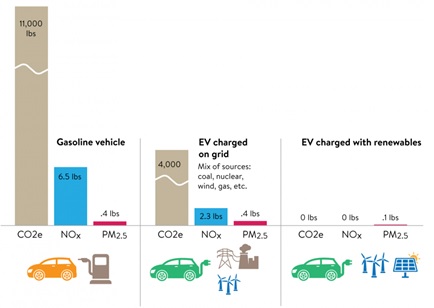
Source: Minnesota pollution control agency
According to the image above, gasoline vehicles generate a lot of pollution, and they are still the most popular type of car. However, due to more awareness from customers, there is a new lifecycle around the production of Electric Vehicles, or the ones that use green energies, that is, sources of energy that don’t contaminate as much as gas cars. We could say that gas cars are in their maturity phase (taking into account the previous life cycle graph), while electric cars are in the introduction phase.
Any entrepreneur that wants to succeed in the market with a new product or device needs to implement a development process. It could be either with an internal engineering team, or with an outsourcing product development company. A well carried development process guarantees that the idea you want to make money with is going to capture a big share of the market.
Paul J. Meyer, considered the father of the self-improvement industry, said, “Productivity is never an accident. It is always the result of a commitment to excellence, intelligent planning, and focused effort.” When you start planning all details of your business idea, the market, prototypes, and feedback, you are carrying out a product management lifecycle. That is, you set in motion different steps to achieve a goal, which is to build your product, and if you do it correctly, productivity will follow.
During the product management lifecycle, you can’t ignore the signs you get from the process. Your project may be fantastic, but if the market is not going to react properly, you will be in trouble. So, don’t underestimate the information you gather at every moment.
Why your product needs to go through a development life cycle
A product development life cycle helps companies, startups, entrepreneurs, and teams to plan, execute, and measure progress throughout the entire project. This ensures that the members involved in the development process stay focused on the right things to accomplish the established goals.
Maybe a company already has a prototype or an MVP (Minimum Viable Product), but it is crucial to identify to what stage of the product dev cycle it belongs and if the previous steps were taken into consideration, and how they will affect the next ones.
The development process won’t work properly if any of the steps is ignored or not carried out.
Stages of product development lifecycle
You already know what a product development lifecycle is, when it is necessary and why you need it. Now is time to learn about the different phases of the process.
There are six main stages of the product development life cycle: Plan & Discover, Build, Launch, Measure, Learn, and Iterate. Each stage has its own set of activities that must happen before moving on to the next one.
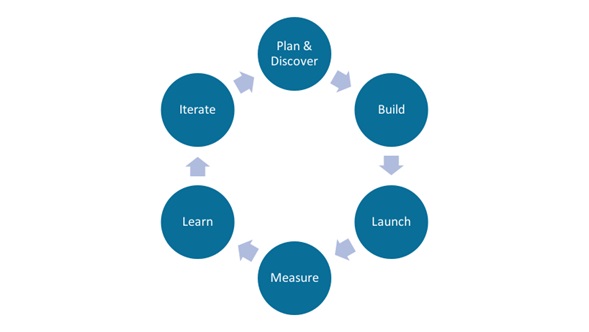
1. Plan & Discover
This is the step where it all starts. The startup or entrepreneur has an idea, but it hasn’t been built as a product, software or service.
It is crucial to do some market research, benchmarking, and create a strategic plan. Your research could start by addressing the following:
- Identify your target audience.
- Does your business idea solve a specific need of potential customers?
- Why is it important this product or service exists?
- What strategies can you use to validate your idea? (Surveys, interviews, focal groups).
- Are there competitors in your target market? (Analyze the advantages of your idea and the potential share you could get).
- Size of the market where you want to compete.
- Production costs of your idea.
- Price.
- Create a product roadmap.
- Create a strategic plan.
The company or startup can build a prototype (see IoT prototyping) in this stage of the product development lifecycle. It won’t be a fully functional product, but it will serve as an example to be shown to potential customers. Once they interact with the prototype, it will be necessary to analyze the feedback they provide.
If the prototype is not well received, the company will have to analyze many aspects: what went wrong in the initial design, if the need they are trying to solve won’t be fulfilled, maybe the product is attractive for a different type of customer, or the market is not interested in the product.
2. Build
In this step, the company that is developing the product must already have good insights about the customers feedback on the prototype, as well as technical demands to make it appealing.
However, it is crucial to select the features that can be accepted and discard others that may not be vital for a marketable product. In this phase, the Minimum Viable Product (MVP) will be built. So, the company and developers of the product must decide, considering the results from the previous stage, what core features the MVP (product, service or software) will have to make it attractive enough to be in the market and generate potential sales to early adopters.
The recommendation for the development team is to always take into account the initial strategic plan of the product, this will keep all planning and MVP development aligned, and thus, avoid a potential deviation from the main business idea that was initially stated from the Plan & Discover stage.
Until this prototype receives the proper acceptance, the product development lifecycle can advance to the next stage. If not, many iterations must be done until it is accepted or discarded.
3. Launch
This is the stage where everybody wishes to start when a business idea is born. But as you can see, it was necessary to go through two stages to get to this point.
Here the product is introduced to the market. This step of the product dev lifecycle must be supported by the marketing and sales team; see IoT marketing strategy. The MVP becomes the star of the company, and everyone must know about it.
Here comes the expertise of each company, startup or entrepreneur to reach every market and start generating great sales.
This stage also requires to begin again the Plan & Discover phase. Why? Because the MVP will start receiving comments from customers in real life; it will be criticized and worshiped. Both scenarios imply the development team needs to think in new adjustments to the MVP that may be released as updates, in the case of a service or software, or as upgrades to the product when a new version can be launched again in the future.
If your audience doesn’t feel heard, and they don’t see any changes in future versions of your product or service, you will lose them.
4. Measure
Include here all that can be quantifiable. For instance, use KPIs (Key Performance Indicators) to evaluate different aspects of the product: the reception in the market, sales, revenue, feedback, performance, warranty claims, word of mouth, demand, and supply.
Consider all kinds of indicators that are important for monitoring the business.
5. Learn
After you collect the data from the previous phase, you can analyze the market and the product’s performance.
Are the customers reacting to a specific feature? Do they hate it? Do they need it? Questions like these can provide useful information and lead to making important decisions for changing the product.
6. Iterate
This is the last phase of the product development life cycle. Iterate means to do again and again, that is, taking all learnings from the last phases of the development process and deciding which changes must be done to the product, service, software, or firmware (IoT with Python).
The development team must react quickly to all feedback received from the market, behavior, and complaints. Remove all features that weren’t necessary for the MVP, keep the ones that are more attractive to people, and add new ones that could generate more revenue and increase the value of the product.
The product dev lifecycle won’t stop in the iteration phase. As you could see in the image above, this is a circular process that continues over time.
When does it finish? Well, it depends on the startup, company or entrepreneur, but also on the market. The product could get enough changes in the next few years until the market doesn’t want it anymore; whether it is not more innovative or the product becomes obsolete because of new technologies.
The other option is, the company becomes tired of that product because it doesn’t generate enough income, or it turns out to be very expensive to produce, and decides to stop building it. The next step could be to develop a new and interesting device that will make the customers forget the first product. A reliable hardware development service will be the perfect choice.

